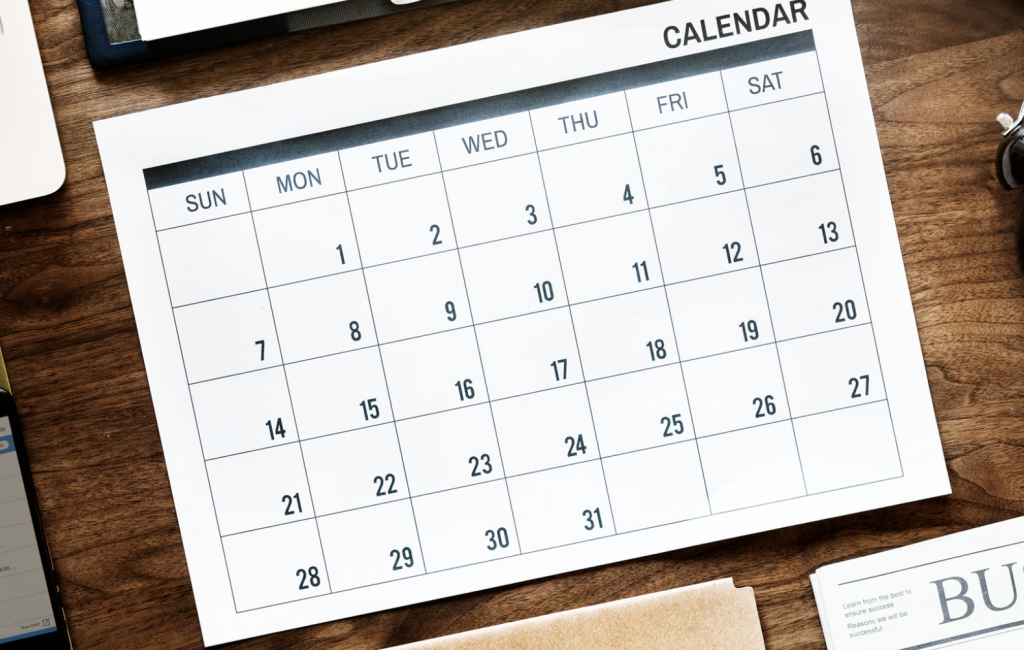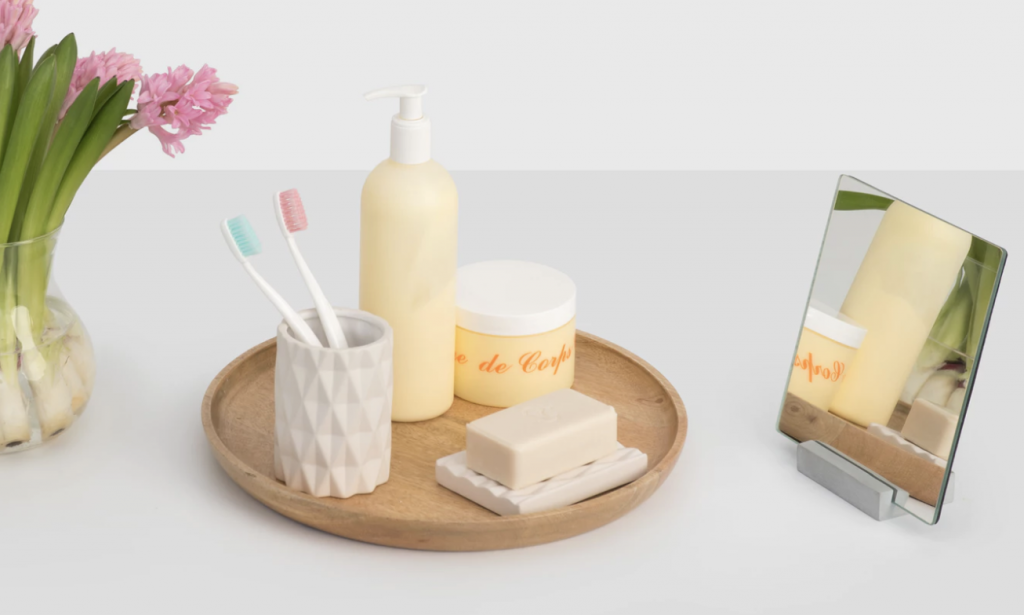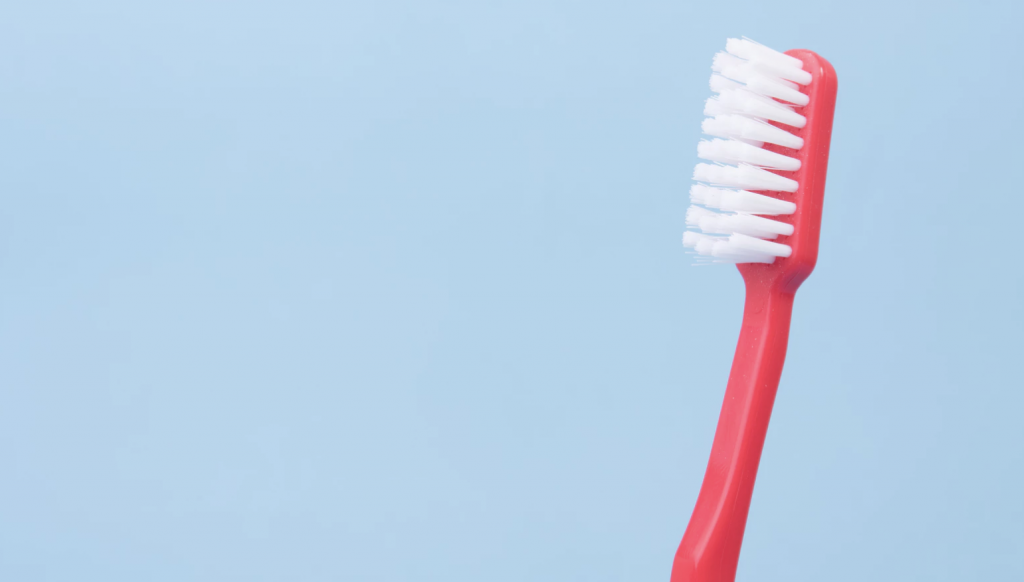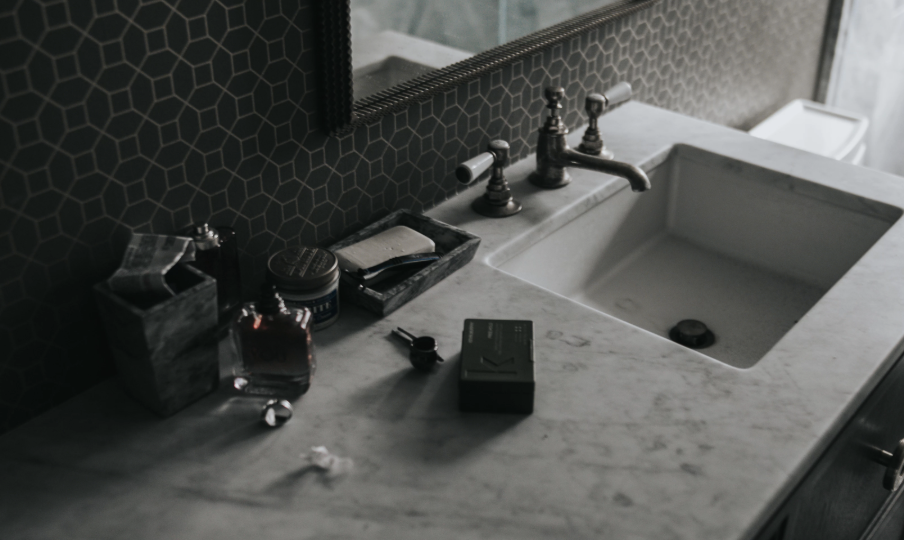Have you ever looked at your aging toothbrush sitting next to your sink and wondered “how often should I change my toothbrush?” The answer is, probably more often than you might think.

How often should I change my toothbrush?
You should change your toothbrush every 3 months which is more often than most people think. A good rule of thumb is to change your toothbrush with the seasons.
Most dentists agree that you should change your toothbrush every three months or even sooner if you notice that the bristles are frayed. Studies show that after three months of normal wear and tear, toothbrushes are much less effective at removing plaque from teeth and gums compared to new ones. That means you’re doing the same amount of brushing but you’re getting increasingly poorer results. Changing your toothbrush regularly is vital to maintaining your oral health.
The 3-month rule is a good one but it is also important to change toothbrushes after you’ve had a cold, the flu, a mouth infection or a sore throat. Why? Germs can hide in your toothbrush bristles and that can lead to reinfection. That doesn’t mean that you should only change your toothbrush when you’ve been sick. Even when you’re in the best of health, fungus and bacteria can develop in the bristles of your toothbrush.
It doesn’t matter whether you use a manual or an electric toothbrush, the 3-month rule still applies. Every 3 months you should be buying a new manual toothbrush or a new head for your electric toothbrush.

Why should you change your toothbrush?
Once the bristles of a toothbrush start to bend they are no longer cleaning as effectively as they once were. The bristles begin to break down and lose their ability to get into all of those gaps and corners around your teeth. Take a moment to run your tongue across your teeth. Do your teeth feel as slippery as usual? If not, your toothbrush probably isn’t doing its job properly anymore.
On top of not doing its job as well as it used to, your toothbrush can become a breeding ground for bacteria and fungus. This bacteria can come from being sick or just from the regular use of your toothbrush. When you don’t replace your toothbrush regularly, you put all of that bacteria and debris that you worked so hard to remove right back into your mouth.
If you keep your toothbrush in your bathroom, as most people do, it can become contaminated with fecal matter. Every time you flush your toilet, it projects a plume of water particles into the air that can contain fecal matter. Having your toothbrush around other people’s contaminants is a dangerous thing. This includes having your toothbrush next to the toilet as well as in a holder that keeps your toothbrush a little too close to someone else’s.

How long should a toothbrush last?
A toothbrush can physically last for quite a while but that doesn’t mean you should use it until it’s falling apart. Be sure to change your toothbrush regularly and know that by doing so, you’re not being wasteful, you’re looking after your oral health. We get a lot of questions that center around “how often should I change my toothbrush?” and a lot of people are concerned about waste. If you don’t feel good about throwing away plastic toothbrushes 4 times per year, look into other options like bamboo toothbrushes that will break down naturally.

How to care for your toothbrush
In order to keep your toothbrush and yourself healthy, make sure you let it dry out between uses. Toothbrushes can be prime breeding grounds for germs, fungus, and bacteria. After a while, these can build up to significant levels that negatively impact your oral health. After you use your toothbrush, shake it vigorously under tap water and store it in an upright position so that it can air out.
Try to keep your toothbrush from touching others when it is stored to prevent cold and flu viruses from being passed between brushes. It is very easy for germs to pass from toothbrush to toothbrush. A standard toothbrush holder with slots for several brushes to hang upright is a smart investment in your family’s health. When someone in your house is sick, it may be a good idea to separate their toothbrush to try to prevent contaminating the other ones.
The standard answer to “how often should I change my toothbrush?” is 3 months but it’s important to change your manual toothbrush or electric toothbrush attachment when the bristles begin to show signs of wear or when you’ve just been sick. Your toothbrush can only work well for you if it’s in optimal condition and after 3 months, it just isn’t anymore.

Recent Comments